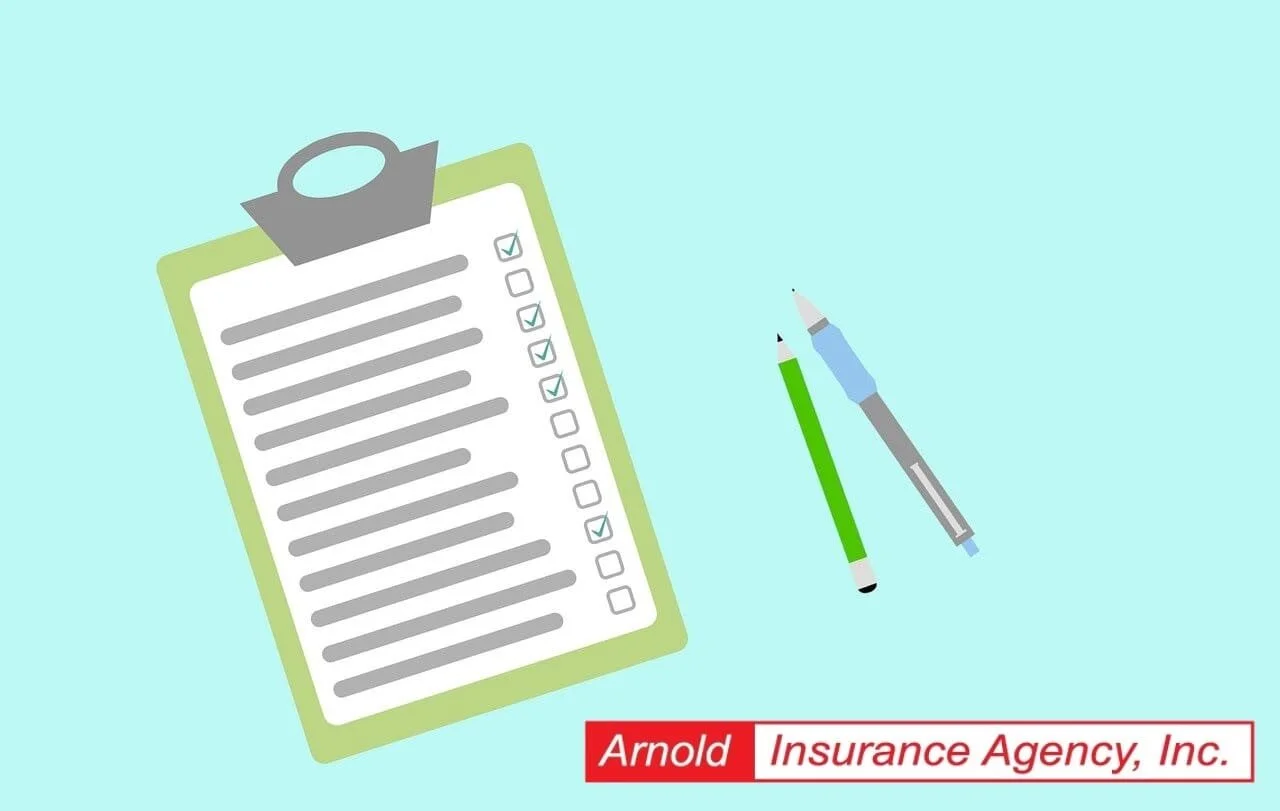
Keep up with our blog to get helpful information for making the best insurance choices.
How to Create a Personal Property Inventory List
If your possessions are stolen or destroyed, your insurance company will ask you to provide a record of them. Learn the benefits of having a personal property inventory list below.
If your possessions are stolen or destroyed, your insurance company will ask you to provide a record of them. Learn the benefits of having a personal property inventory list below.
Details will be important at claim time
Do you know the brand name and the serial number of your TV? Would you recall off the top of your head when and how much you paid for your digital camera? Without a list in front of you for reference, the details of your valuables may be forgotten – which creates more frustration in an already stressful time, and can cost you money in the long run.
That's why it's important to have a personal property inventory created ahead of time – before an unfortunate incident.
What is a personal property inventory?
A personal property inventory is a complete list of all your household goods and personal belongings. A complete inventory includes the following information about each item on your inventory list:
The room in the house where it's located
Item description and quantity
Purchase date
Place of purchase
Original cost
Estimated current value
Serial and model number
A recording or photo of each item on your phone or flash drive.
Receipts and current appraisals for the most valuable items
How does an inventory help you?
No one is fully prepared for a loss, but you can take steps to reduce the stress in the aftermath. A personal property inventory in place before a claim ensures that your claim is filed promptly and completely, which means that you'll get it settled quickly and accurately, and get your life back to normal.
You can also use an inventory to determine if you have adequate coverage for your possessions. Many people find out after a loss that they were not sufficiently covered, and should have purchased higher coverage amounts or replacement cost coverage. A good rule of thumb is to add up how much it would cost to replace your belongings, and then compare it to your policy's personal property limit. This is an indicator of whether or not you need to purchase additional coverage.
It's also a good idea to check the claim settlement methods on your policy. If you've purchased replacement cost coverage, your settlement allows you to buy new items to replace the damaged or stolen ones. If you have actual cash value coverage, you receive what your items are worth at the time of the loss – taking into account depreciation.
More helpful tips
Be complete with your inventory. An effective way to do an inventory is to split the area of your house and take one room at a time. Start outside and take pictures of each side of your house, including the landscaping. Make sure to include all items in a storage shed or garage, like children's bikes and sporting goods.
Move inside the home and cover one room at a time. You might want to start with artwork or wall hangings and then move onto the floor. Remember to include all high-valued items like antiques, collectibles, silverware, and jewelry.
Electronics are a key part of any personal property inventory. TVs, cell phones, ipads, and laptops should be included, as well as clothing, furniture, and items inside cabinets and storage bins.
Record a video of each item on your phone, it's important that you verbally state when each item was purchased, its value, any special features, and the model and serial number. If you choose to photograph these items instead of recording them, copy any pertinent information about each item in the notes section if available or in a note-taking app.
When the inventory is complete
Once you've completed the inventory, copy everything including paper lists, copies of videos and pictures on a storage device, receipts, computer printouts, and appraisals. Store one set in a secure place in your home, and store the other off the premises in a safe deposit box or with a friend or relative.
Update your inventory every four to six months to ensure that the information is accurate and reflects all items in the home. Save all the receipts for newly purchased items, and make sure to update your inventory as soon as you make a major purchase and delete the items you no longer have.
If you have valuables and are not sure if they are covered by your current insurance plan, please reach out to us for a review.
6 Tips for Trailering Your Boat
A day spent boating is the kind of thing you daydream about—many of us crave time on the water, rocking with the waves and basking in the sun. But before getting to smooth sailing, you need to try your hand at the art of boat trailering.
If you're new to hauling a boat, these tips will help you build confidence and get comfortable with towing a boat from point A to point B. If you're already an experienced boat-trailering captain, this will serve as a helpful refresher course before your next outing.
Without further ado, here are eight tips for a trouble-free trip to the boat ramp!
Experience leads to confidence.
Practice so you can get comfortable with trailering. Find a large, open space—like an empty parking lot—and put down some orange cones or life jackets. Then spend time learning to back up, make turns and avoid obstacles.
Backing up takes extra practice.
Most people find driving in reverse while towing a boat to be the toughest, so work on honing this skill. Remember that backing up in a straight line is almost impossible. Instead, focus on moving in the right direction with slow, slight turns.
Level up your mirrors.
Big, extended side-view mirrors are definitely a great idea for trailering, especially when you tow on busy roads. Attachable side-view mirrors are available for purchase when you need to increase visibility.
Swing wide when tackling turns.
To ensure you don’t hit curbs or other vehicles with your boat, take turns extra-wide. If you can, try to prepare for turns by staying in the outside lane to give yourself more room.
Keep it roomy with stopping distance.
The extra distance between your vehicle and those ahead of you is crucial. You don't want to slam on the breaks with a boat in tow—that could cause jackknifing. So slow down and be alert… patience you must have my young Padawan.
Be conscious of large vehicles.
If semi-trucks and other big vehicles pass you, briefly lift your foot off the accelerator. This little trick will help reduce buffeting by the truck's wind and keep your rig from swaying. If you notice swaying, take your foot off the gas to minimize it.
If swaying—stop, inspect, and adjust.
Taking your foot off the gas will minimize swaying, but if it seems to be a constant problem, get out and examine your rig. Try adjusting the trailer's tongue weight—it should be between 10 and 15 percent of the rig's overall weight.
Conduct a post-arrival check-up.
When you reach your destination, feel your trailer's wheel hubs. They should be cool or slightly warm. If they're hot, there may be problems with your bearings; get them serviced as soon as possible!

